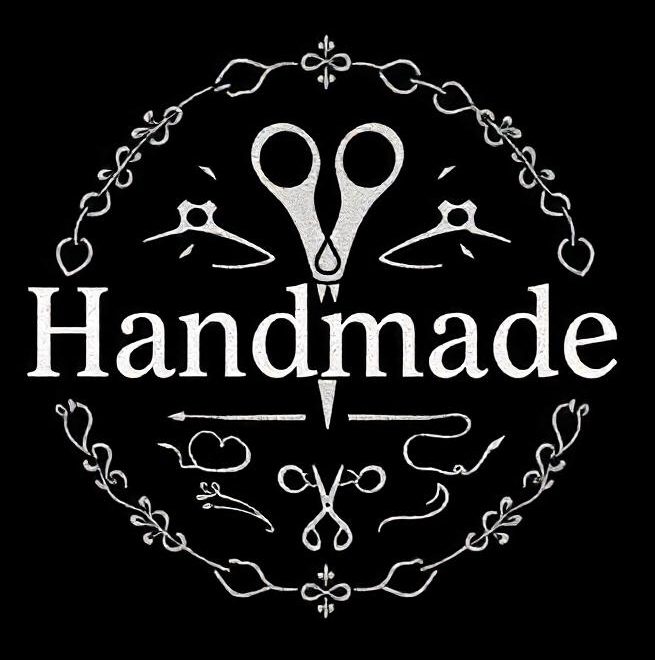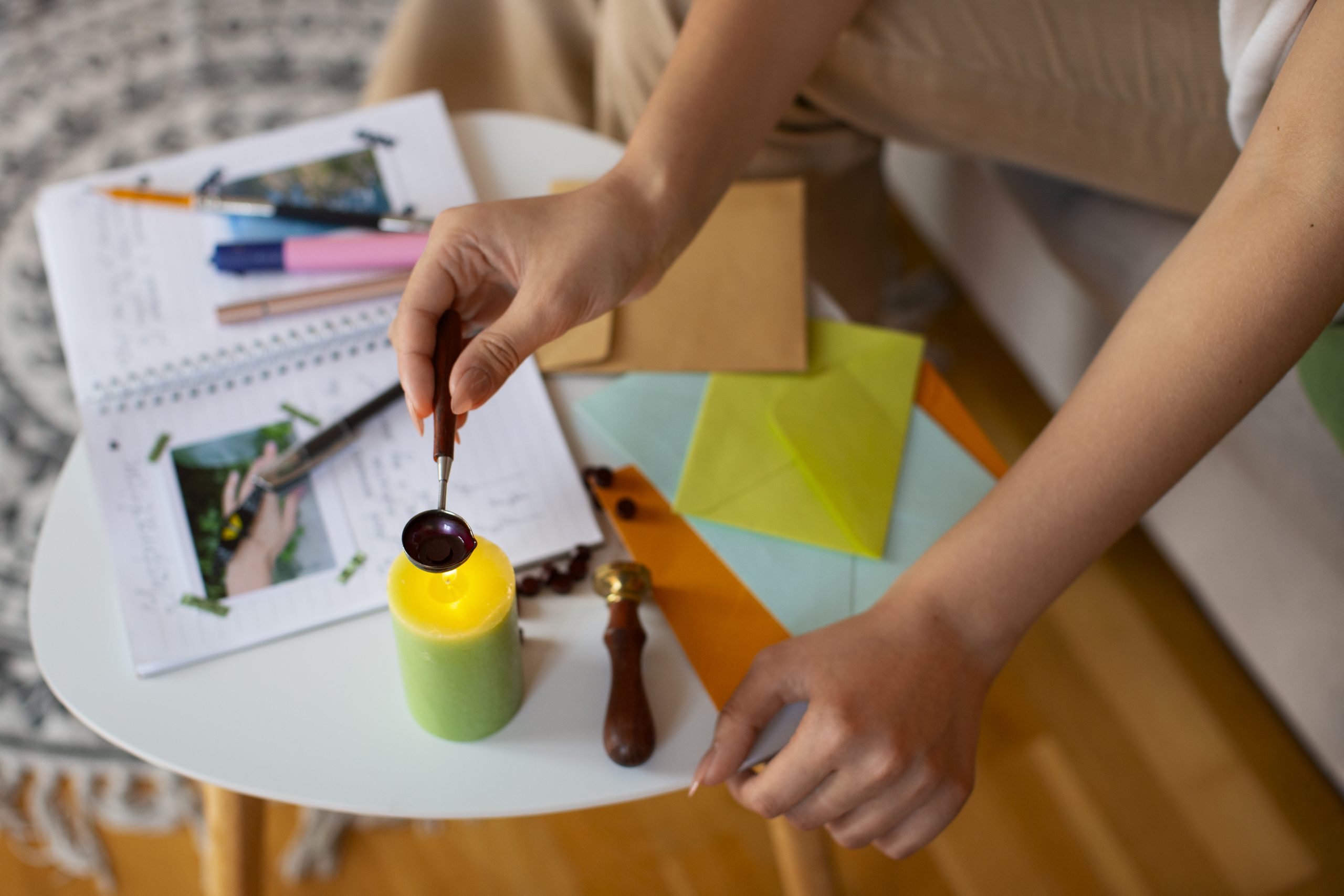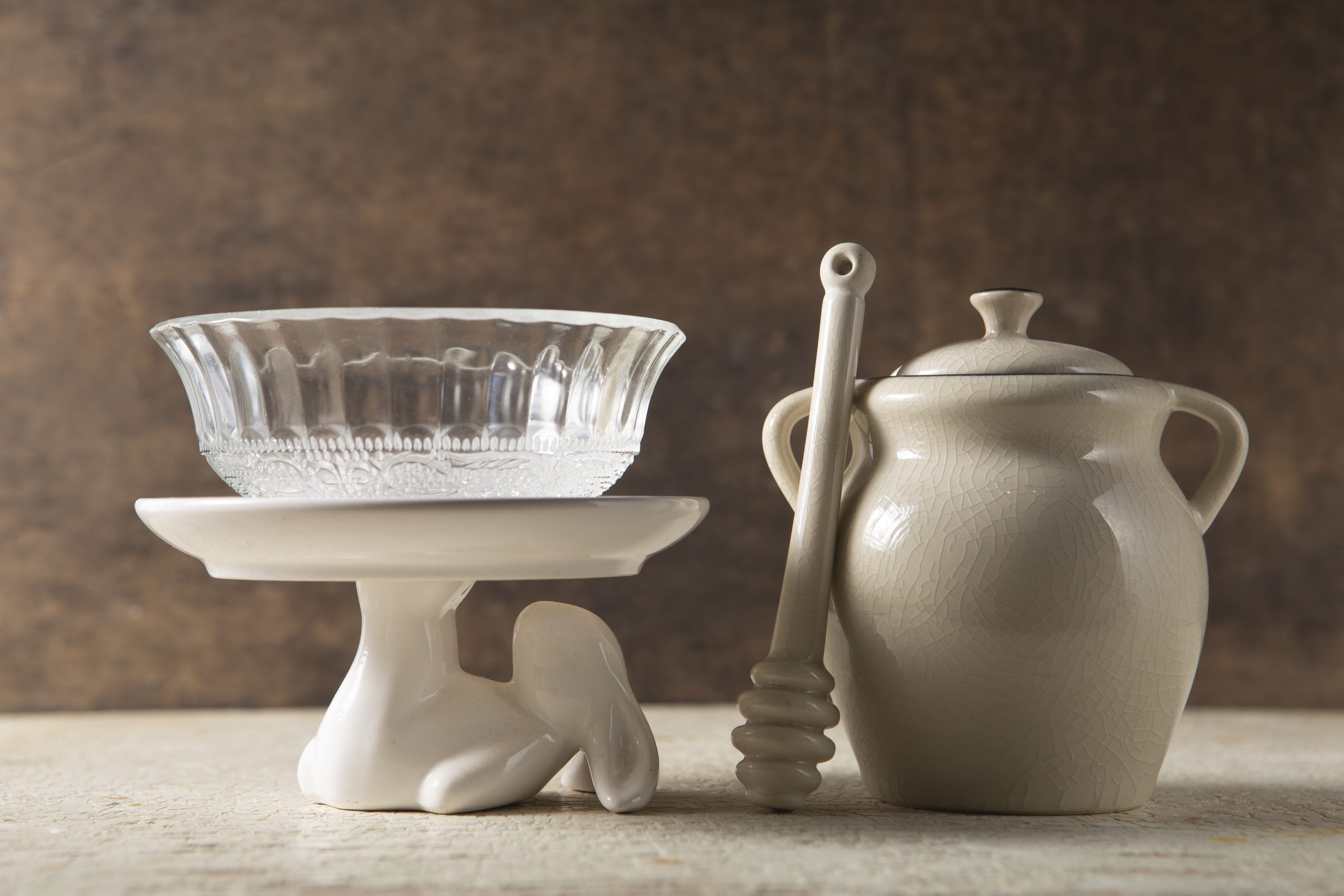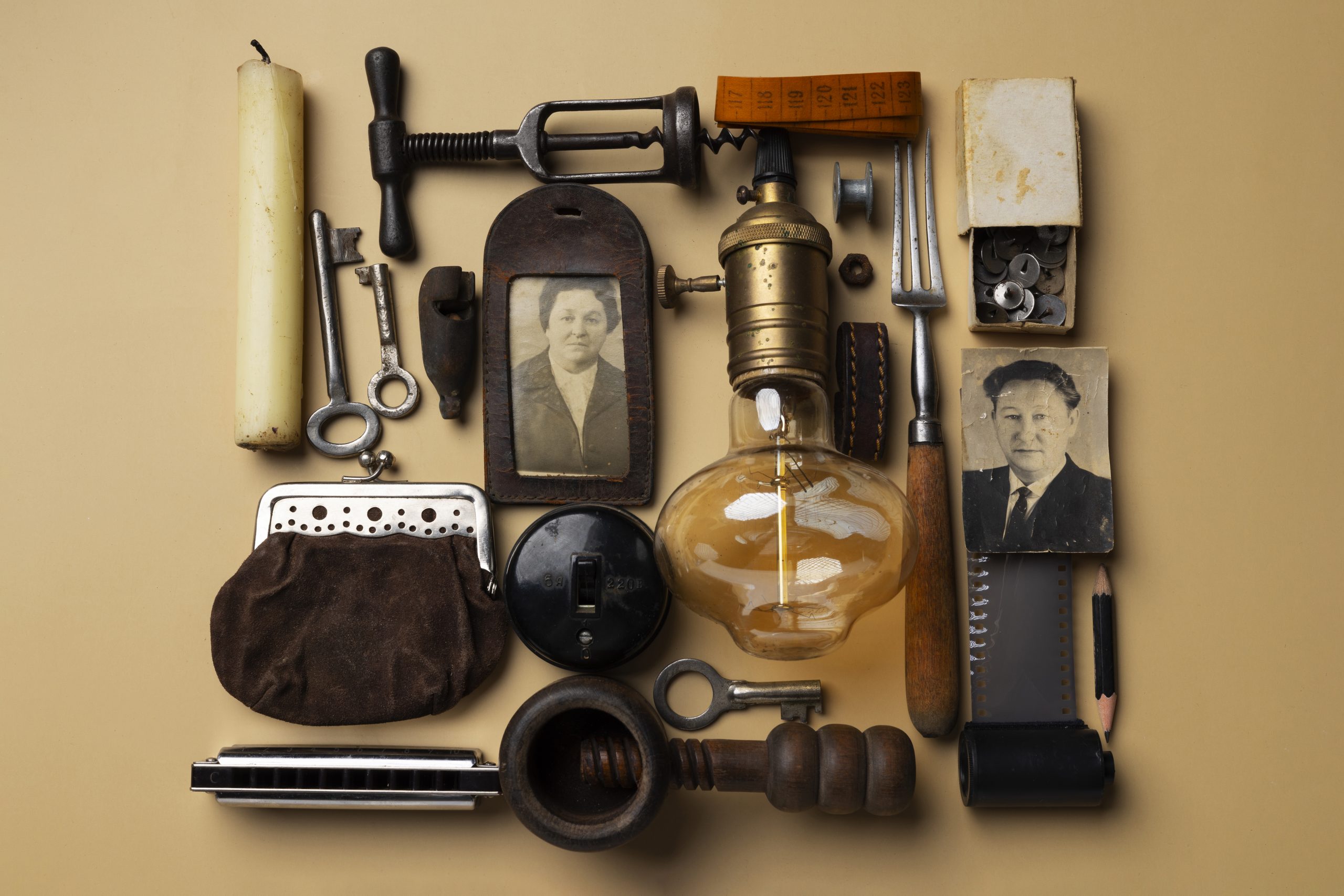Handmade art is an expressive and fulfilling way to unleash your creativity. Whether you’re looking to create art as a hobby or turn your passion into a career, starting your handmade art journey can be an exciting adventure. Here’s a guide to help you get started with handmade art.
1. Find Your Inspiration
Before you pick up your tools, take some time to discover what inspires you. It could be nature, people, emotions, or even other artists. Visit art galleries, browse through art books, or simply observe the world around you. Inspiration is everywhere!
2. Choose Your Medium
Handmade art can take many forms, from painting and drawing to sculpture and pottery. Here are a few popular mediums to consider:
- Acrylics or Watercolors: Perfect for beginners, they’re versatile and easy to work with.
- Clay: Try sculpting or pottery if you enjoy hands-on projects.
- Textiles: Embroidery, knitting, or weaving are great options if you like working with fabric and thread.
- Wood or Metalworking: Ideal for those interested in three-dimensional art.
3. Gather the Right Tools and Materials
Once you’ve decided on your medium, you’ll need the right tools and materials. Here are some basic items to consider:
- For Painting: Brushes, canvases, paint palettes, and a variety of paints (acrylic, watercolor, or oils).
- For Sculpture: Clay, carving tools, and a work surface.
- For Textile Art: Needles, thread, fabric, and embroidery hoops.
Start simple and gradually add tools as your skills develop.
4. Start with Simple Projects
If you’re new to handmade art, it’s important not to overwhelm yourself. Begin with simple projects that allow you to practice your skills and build your confidence. Consider making small drawings, simple clay sculptures, or small home decor pieces.
5. Learn Basic Techniques
Take time to learn the fundamental techniques of your chosen medium. You can find free tutorials online, take a beginner’s class, or watch instructional videos. Learning the basics will help you improve quickly and give you a solid foundation for more advanced projects later.
6. Experiment and Practice
Handmade art is all about experimentation. Don’t be afraid to try new techniques or styles. The more you practice, the more your skills will grow. Embrace mistakes as part of the creative process—they often lead to unexpected, beautiful outcomes.
7. Display Your Art
Once you’ve created some pieces, share them with the world! You can display your work at home, gift it to friends, or even consider selling your creations online through platforms like Etsy or Instagram.
Conclusion
Getting started with handmade art is all about enjoying the creative process. Remember, there are no wrong ways to make art—it’s all about personal expression. So, gather your supplies, find inspiration, and dive into the world of handmade art!
Pro Tip: Start with small, manageable projects and build your skills over time. The more you create, the more you’ll discover your personal artistic style!



